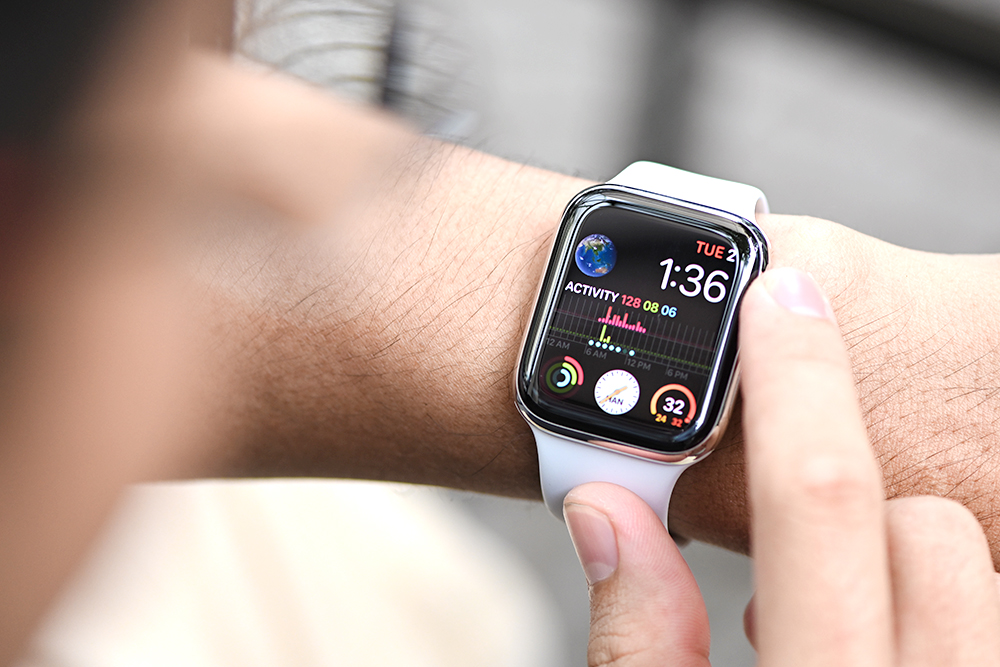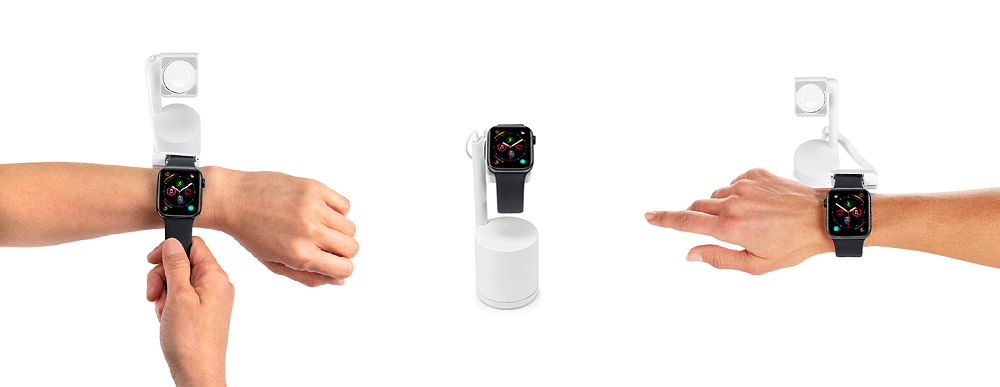Apple’s Watch 5 to prompt surge in wearable popularity

Apple has unveiled its latest smart watch as more and more brands embrace the wearable trend and these accessories continue to grow in popularity.
For retailers, the Apple Watch and its counterparts offer a real opportunity to spark consumer interest, but as a high-value item prone to theft, they also require a loss prevention focus.
Here’s an insight into the latest Apple Watch, the growing range of brands available, and how retailers can best balance the customer experience of wearables with shoplifting prevention.
The Apple Watch
This week Apple has announced the fifth generation of the ever-popular Apple Watch, bringing a suite of new features to what is considered a flagship wearable device.
This year’s Apple Watch offers improvements like an ‘always-on’ screen, in-built compass, heart rate monitor, emergency calling even without an iPhone, Apple Pay capability, and a whole lot more.
Due to hit stores on September 20, the Apple Watch always attracts intense consumer interest as an item people want to touch, see, feel and explore prior to purchase.
In fact, Apple still ranks as the number one brand in a tightly held field of smart watch players.
An increasing market
When it comes to wearables, smart watches dominate the playing field, with a recent report by Mordor Intelligence indicating consumer adoption of devices is on the increase.
Mordor notes the smart wearable market saw the sale of 181.51 million units in 2018 and is anticipated to register a compound annual growth rate of 19.10 between 2019 and 2024.
“The smartwatch category is experiencing a rise, owing to additional features, like the brand that suits the everyday lifestyle,” they explain.
“Strong brands, such as Apple and Fossil, are keeping the pricing consistent with the price bands of traditional watches, to maintain their revenues. With Google’s WearOS, many other premium watchmakers, such as TAG and Armani, have entered the segment.”
And it’s not just smart watches where consumer interest lies. Hearables are also gaining traction as smart assistants become more accepted.
So, if you’re a retailer cashing in on the wearable trend, how do you best showcase yet protect these often-small devices?
The challenge
Like any high-value electronic gadget, wearables tend to be products customers need to fully understand and explore prior to purchase.
As relatively new devices, these items need to be seen, touched and felt in order to be understood by the consumer.
In many retail outlets, they also tend to be flagship products that lure the customer in. All of this means the need to be on ready display.
It also means they are items frequently targeted for theft, due to their re-sale value and popularity.
And therein lies the challenge. How can retailers showcase these products while still protecting them from loss?
Secure interactive displays

Security providers like InVue have dedicated significant time and resources to designing secure displays that both showcase yet protect wearables like smart watches.
Available as single stands or enclosed displays, and with a variety of styles, these displays are purpose-built to easily allow the enthusiastic shopper to access and interact with wearables.
Security options like the recently launched WS2 and W2000 or OnePOD Wearable with enhanced security, for example, offer an authentic wearable experience with integrated charging, alarming and either a recoiler, exposed cord or integrated alarm stand and recoiler to allow customers to test the product on their wrist.
Offering unobtrusive security, it allows the customer to fully engage with the merchandise and try smart watches on without staff assistance. It also provides alarming security without interfering with the customer’s ability to try the watch on their wrist.
And in a different type of display, the J704 is a clear enclosure that allows retailers to showcase up to six wearables, so customers can try items on with staff assistance, as they would jewellery or a conventional watch.